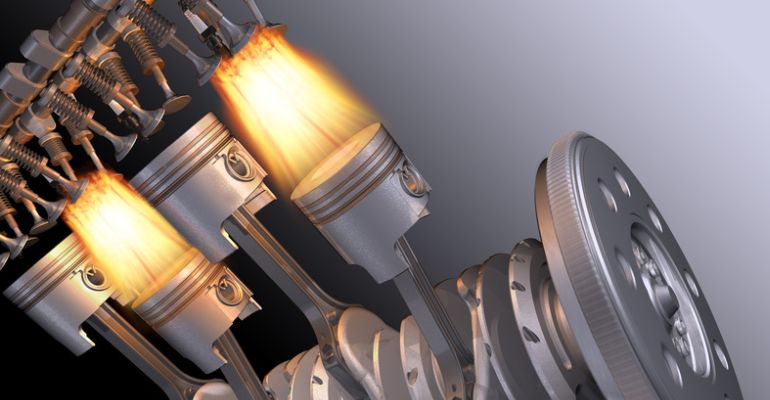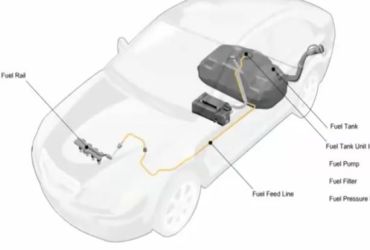Fuel System

Although fuel injection has been used in Europe and in all sorts of race cars for well over 50 years, it became widely produced in American cars in the early 1980’s.
Fuel injection was a tremendous advantage over the archaic carburetors of the past. Increased mileage, horsepower, and efficiency of gasoline engines are just a few of the advantages of this type of fuel system—and although these are significant benefits the cleanliness of the fuel system has become critical in maintaining these performance advantages.
As long as we rely on Fossil Fuels to fuel our automobiles we will always have problems with carbon—whenever gasoline reacts with heat and oxygen the by-product is carbon buildup and it will accumulate in five problem areas.
First, the throttle body or air inlet (throttle linkage housing with butterfly flap connected to the black air cleaner tube thingy) will build varnish and carbon on the inside that will mess up your engine idle and make your throttle stick.
Second, the fuel injectors will foul with carbon which will change their spray pattern to “ragged squirting” instead of a fine mist as they were designed to deliver—making your engine require more gasoline and reduce your fuel mileage.
Third, the intake valves will grow carbon on the valve stem which affects the “swirl pattern” of the fuel and air mixture in the combustion chamber. This will reduce the amount of fuel being burned, build additional carbon in the combustion chamber, increase engine knock, and require the computer to retard engine timing thus reducing performance and mileage.
Fourth, the EGR valve (exhaust gas recirculation) will plug with carbon and clog the emission system which increases exhaust emissions and sends trouble codes to the on-board computer (Check Engine light).
And fifth, there are several oxygen sensors in the exhaust system that will give false readings if they’re coated with carbon so the computer will deliver more gasoline than it should.
The best way to understand Fuel Service is compare it to brushing your teeth—we know we should brush twice a day to keep plaque and tarter down or else have huge dental bills and much discomfort every time we use our mouth—the same is true for the performance of our cars!!!
To make a long story short, your car is losing a war with carbon and unless you perform regular Fuel System Service your mileage will decrease, harmful emissions will increase, performance will deteriorate, and there will be many additional repairs that can be avoided—“an ounce of prevention is worth a pound of cure” is especially true in fuel system maintenance.
There are two services that should be performed—a Major Fuel Service should be done at your scheduled 30-60-90K service intervals (about every two years of average driving) and a Minor Fuel Service every other year to keep the system clean.
A major fuel service will clean the throttle body, intake, valves, pistons, combustion chamber, EGR system, and sensors and should be done first if your car has not had regular fuel service. In the off year a minor service will clean the throttle body and fuel injectors to keep the system in good running order.




